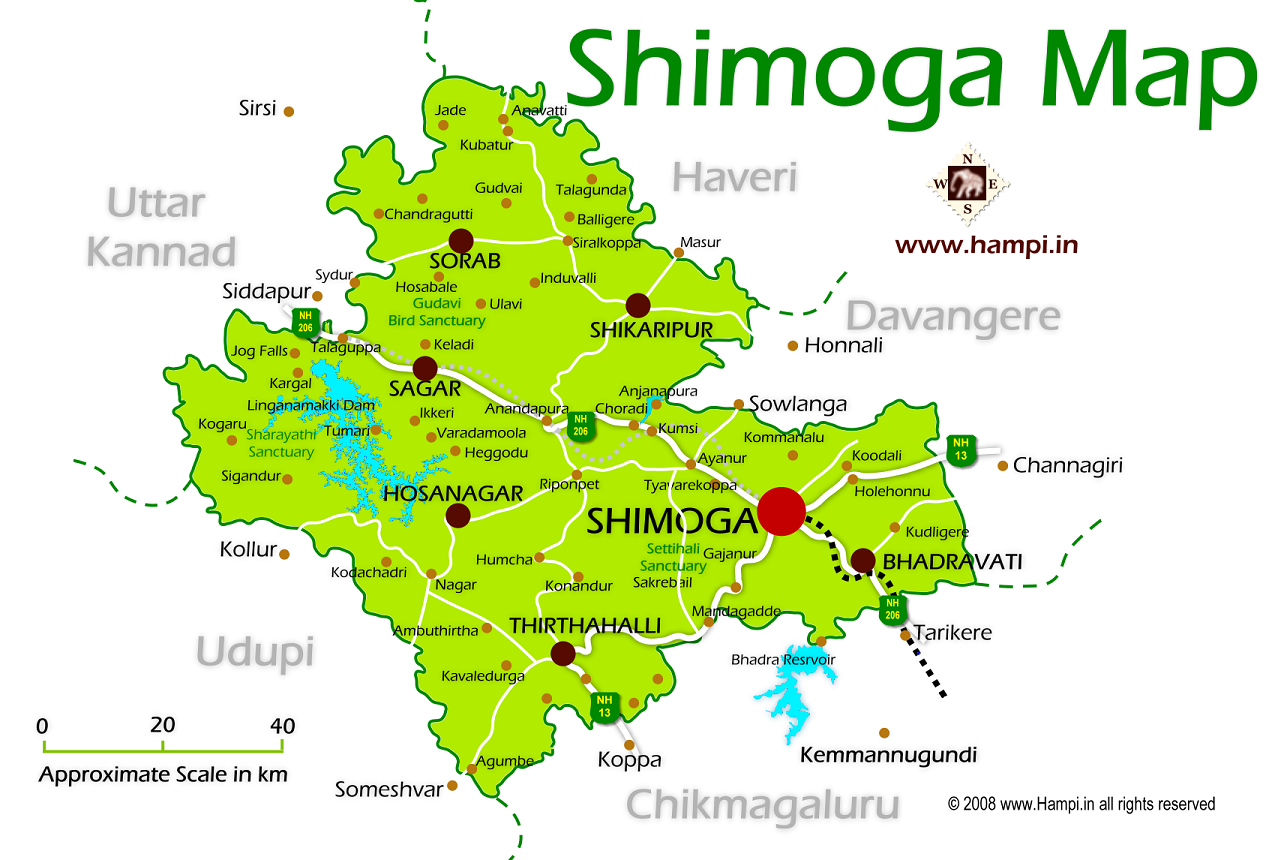Download Websites
http://patft.uspto.gov/
(US Patent and Trademark Office , USPTO)
(US Patent and Trademark Office , USPTO)
http://www.drugfuture.com/cnpat/cn_patent.asp
(Free Chinese Patent Search and download)
(Free Chinese Patent Search and download)
http://search.sipo.gov.cn/sipo/zljs/searchflzt.jsp
(chinese patent search provided by state intellectual property office of china)
(chinese patent search provided by state intellectual property office of china)
http://www.soopat.com/
SooPAT
SooPAT
http://www.chemyq.com/patent.htm
(read online for free full length of Chinese patents published since september, 1985)
(read online for free full length of Chinese patents published since september, 1985)
http://www.jpo.go.jp
(Free Japanese Patent Search)
(Free Japanese Patent Search)
http://eng.kipris.or.kr/eng/main/main_eng.jsp
(Korean patent search)
(Korean patent search)
http://www.freepatentsonline.com/search.html
freepatentsonline
freepatentsonline
http://www.google.com/patents
(free google patent search and download)
(free google patent search and download)
http://pat365.com/search.jsp
(Search patents from Taiwan)
(Search patents from Taiwan)











